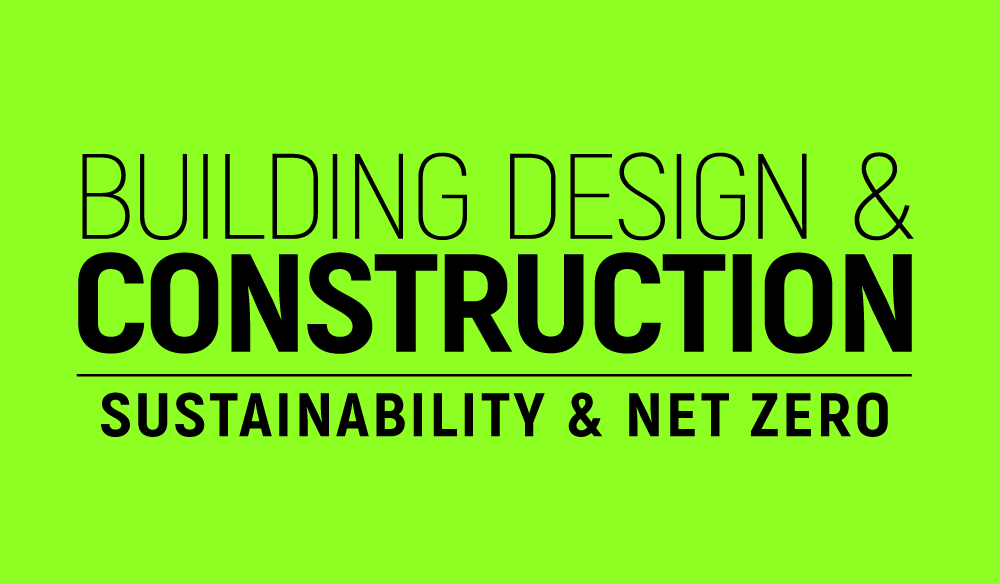Opinion: Brian Farr, in-house shading expert at Kensington Blinds
Updates to IEAs World Energy Outlook report were released last month, and they project concerning figures…
Cooling is the fastest-growing use of energy in buildings, according to the International Energy Agency (IEA).
Its updated World Energy Outlook report, released last month (October 2024), projects concerning figures.
The report states that the rise in energy consumption forecasted to cool homes is set to skyrocket by 280 per cent by 2050.
Rising incomes in the developing world coupled with increasing temperatures due to climate change, mean the amount of energy used to power air conditioning units globally is expected to increase exponentially.
In the UK, several initiatives are in place to ensure the decarbonisation of building practices, such as the UK Net Zero Carbon Building Standard, and Part ‘O’ Building Regulations which limit unwanted solar gain in buildings. There’s never been a more pressing time to embrace alternatives to carbon-expensive features like air conditioning.
Part ‘O’ Building Regulations focus on preventing buildings from gaining heat, eradicating the need to cool them with energy-intensive systems like air conditioning.
Shading solutions like external blinds present a compelling solution to the problem, blocking solar glare before it reaches the building’s glazing forming a crucial part of sustainable building design.
This can be enhanced further when combined with other passive measures such optimal glazing ratios and natural ventilation strategies.
The often overlooked design feature could be the answer to achieving net zero carbon goals by minimising cooling energy demands in comparison to air conditioners.
The figures released by the IEA are extremely concerning. External blinds have long been embraced as a cooling solution in Europe, and if we want to reach our net zero goals then we need to start utilising them in the UK and the rest of the world.
We’ve seen external blinds achieve some incredible results when it comes to cooling, reducing temperatures inside by 7C. And in terms of energy use, they use a minimal amount.
People need to know that there are more options available to them. Whether you’re a homeowner, an architect, or any other construction industry professional, we should all be making it our business to opt for more sustainable solutions.
The blinds we install, here at Kensington Blinds for example, are carefully designed with solar glare repellent fabric, preventing the sun’s heat from entering buildings. In this regard they are considerably more efficient for keeping homes cool than internal blinds.
And thanks to the open weave of the screen fabric used, the exterior blinds allow light to filter through while reflecting heat and keeping the interior cool, so homeowners can still enjoy clear sight out of windows and doors.
When it comes to getting ahead of the massive problem that air conditioning is about to bring our way – external blinds provide a compelling solution.


Building, Design & Construction Magazine | The Choice of Industry Professionals





